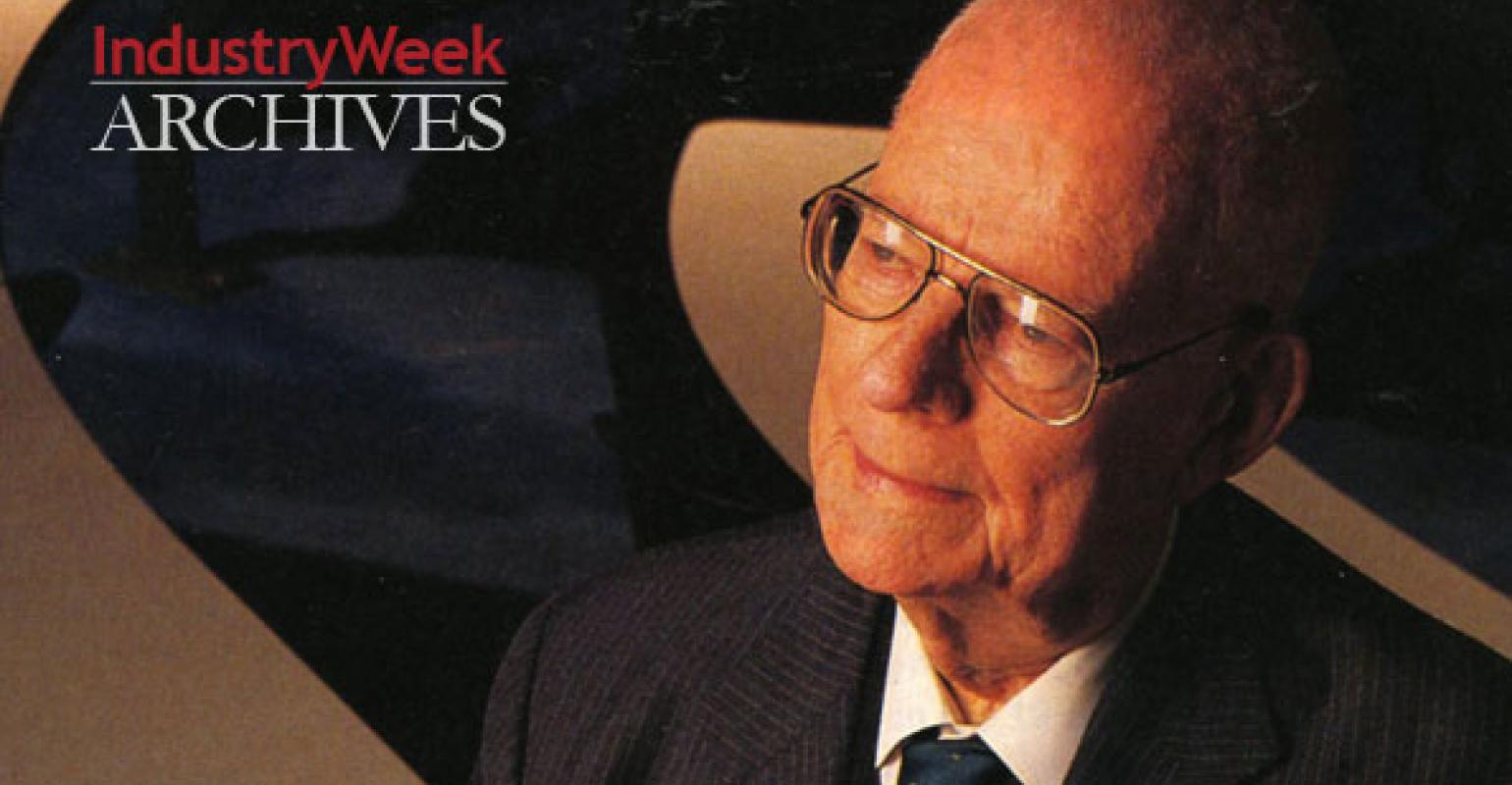Japanese Manufacturing Technology

At the end of World War II, Japan lay in ruins and had very few prospects for recovery. Historically, they had been very poor in manufacturing; in fact, “Made in Japan” was something of a cruel joke. At that time, American engineer and management consultant Edwards Deming was developing manufacturing technology Total Quality Management (TQM) and its offspring Statistical Process Control (SPC), and took these ideas to Detroit, hoping to help improve the quality associated with U.S. automaking. To his shock, he was rebuffed; Detroit thought they had everything going in the right direction and arrogantly dismissed someone who dared to suggest otherwise.
Undeterred, Deming took his ideas across the Pacific, and offered to help Japan rebuild, this time focused on becoming the best manufacturer on Earth. The Japanese, however, impoverished by the war fiasco, were concerned that they couldn’t afford to take on a consultant, and asked about Demings’ fee. His reply: “There shall be none.”
Fast-forward a few decades and look what they’ve done with Honda, Toyota, Nissan, Mazda, Mitsubishi, Yamaha, Kawasaki and Suzuki.

Craig,
While it’s true Japan did produce a lot of cheaply made manufactured goods for export, pre-war Japan was already industrialized and developing at an amazing pace.
The success of Japanese industrial progress was not the effort of some American industrial expert, but in the culture of Japan.
Japan was unique among Asian nations for the quality and perfection of to important medieval technologies.
Japan had learned to art of using carbon to temper steel and producing laminated steel alloys with very few imperfections.
(The perfection of Japanese swords is legendary)
The Japanese even invented their own early rolling mill.
Japan also has a long tradition of perfecting bell casting and technology. The technology to manufacture Bells lies at the heart of iron and steel technology.
Japan was well advanced in perfecting the skill of metal alloys and understood the principles of chrome hardening at least 200 years before the West.
Japanese culture always strived for perfection. In Japanese traditional building, horticulture, silk making, calligraphy design or even poetry and art, perfection and quality were more highly prized than quantity.
From the fall of the Shogunate Japan and the “Meiji Restoration” of 1868 until 1894 Japan modernized, industrialized and militarized at tremendous speed.
In less than 50 years, Japan avoids colonization and develops into Japan into a modern industrial power, with a constitution, a parliament, a national, compulsory education system, a modern army and navy, roads, trains, and telegraph.
By and then in 1905-6. Japan defeats first China, then set out to become an Empire squiring Korea and Formosa as well as other colonies.
Japan is so industrially advanced by 1905 it’s able to defeat a major European Empire, Russia, due to possessing a domestically built navy with far superior technology, design and quality of construction.
Japan’s pre-war industrial strength was the equal to most European nations, despite lacking raw materials.
Ultimately, the disaster of WW2 revealed Japan’s inability to sustain a war machine with enormously stretched supply logistics, nor able to defeat a numerically superior coalition of enemies with far greater resources.
The Americans didn’t teach the Japanese industrial quality control, the Japanese prized quality control for the best part of a thousand years before Columbus set foot in the New World.
Oh, by the way, the reason Japan drives on the other side to America, is the Japanese automotive industry (and Railways) were established mainly by UK auto manufacturers. In particular, Sir Herbert Austin. later the Japanese sent trade delegations to copy the best automotive technology for all nations, especially US truck design.